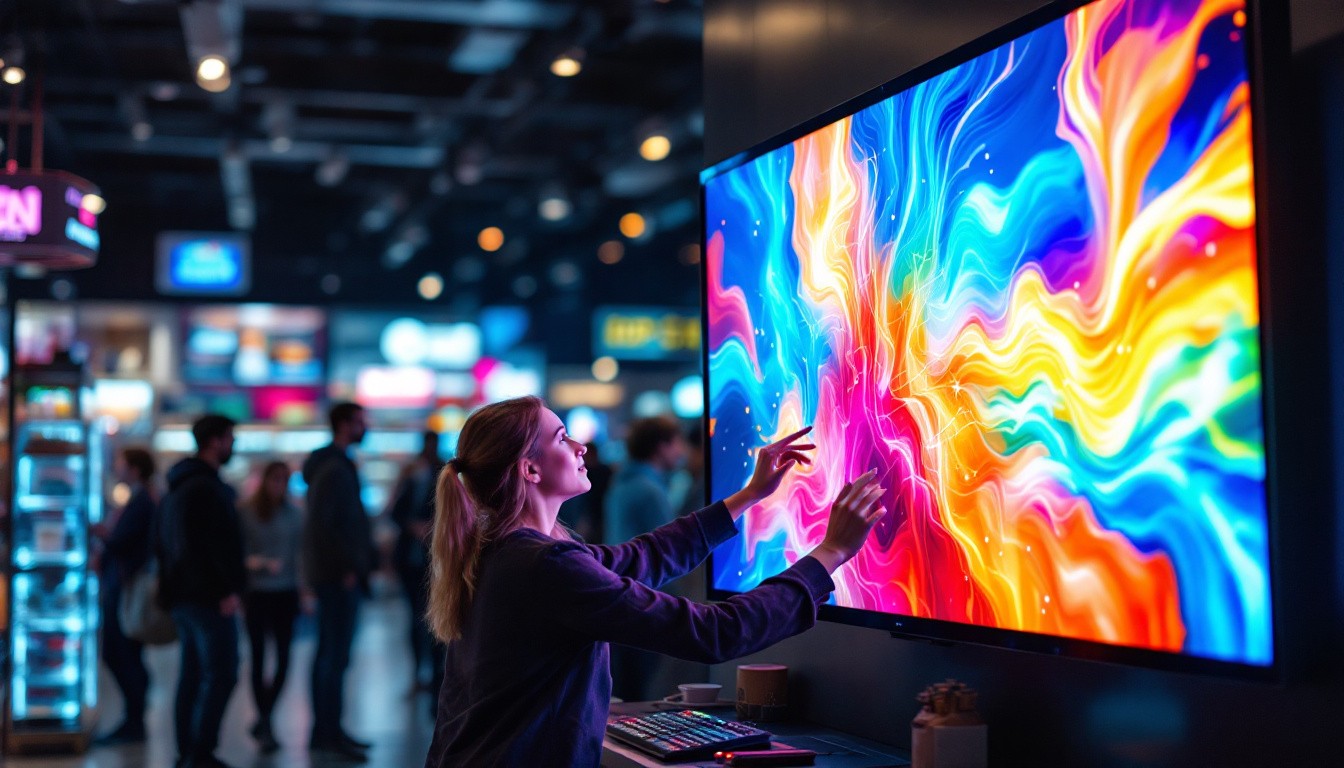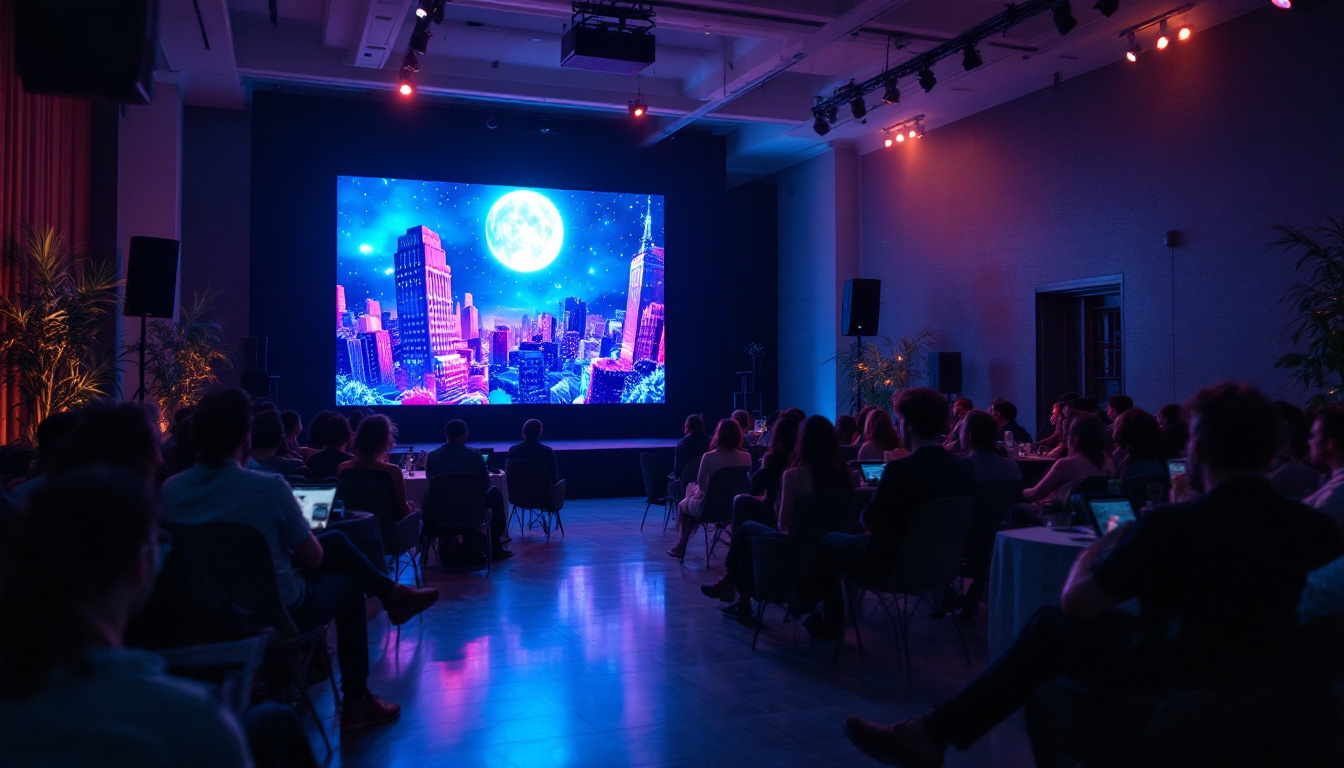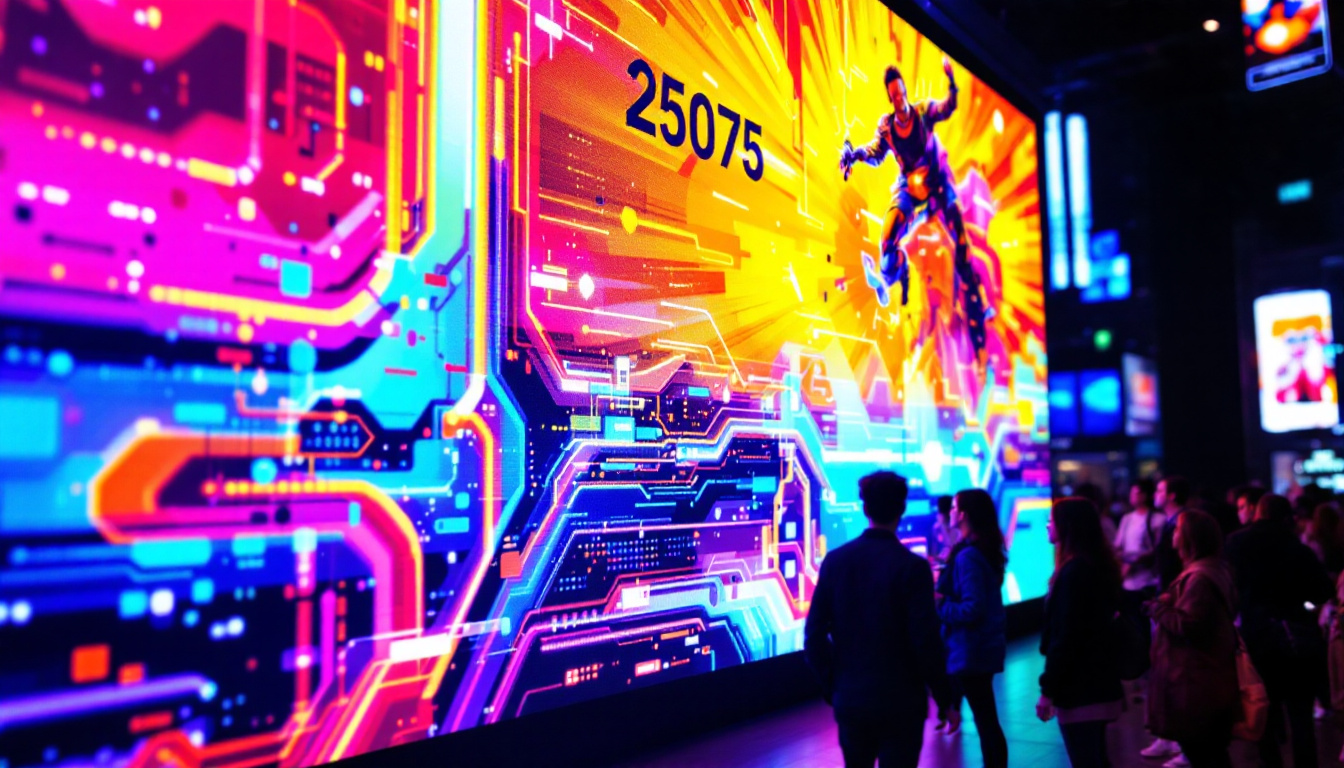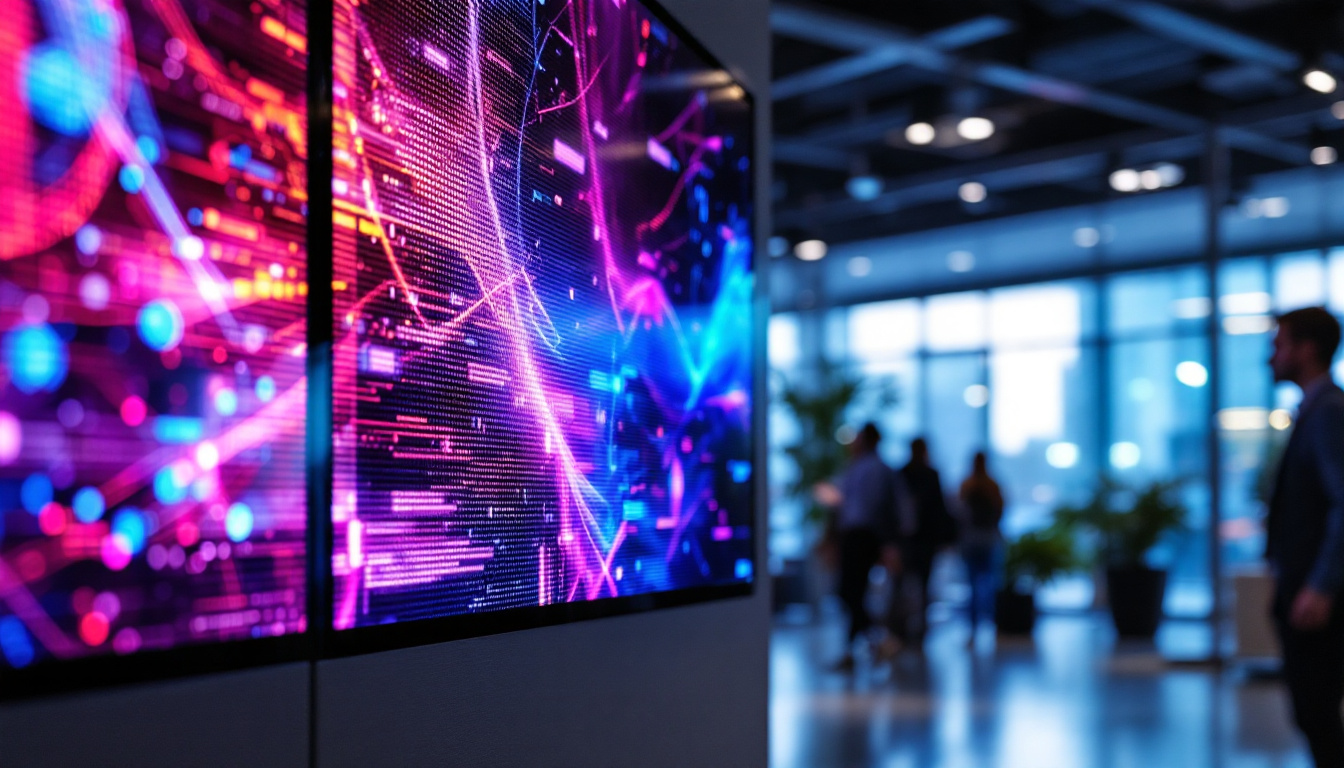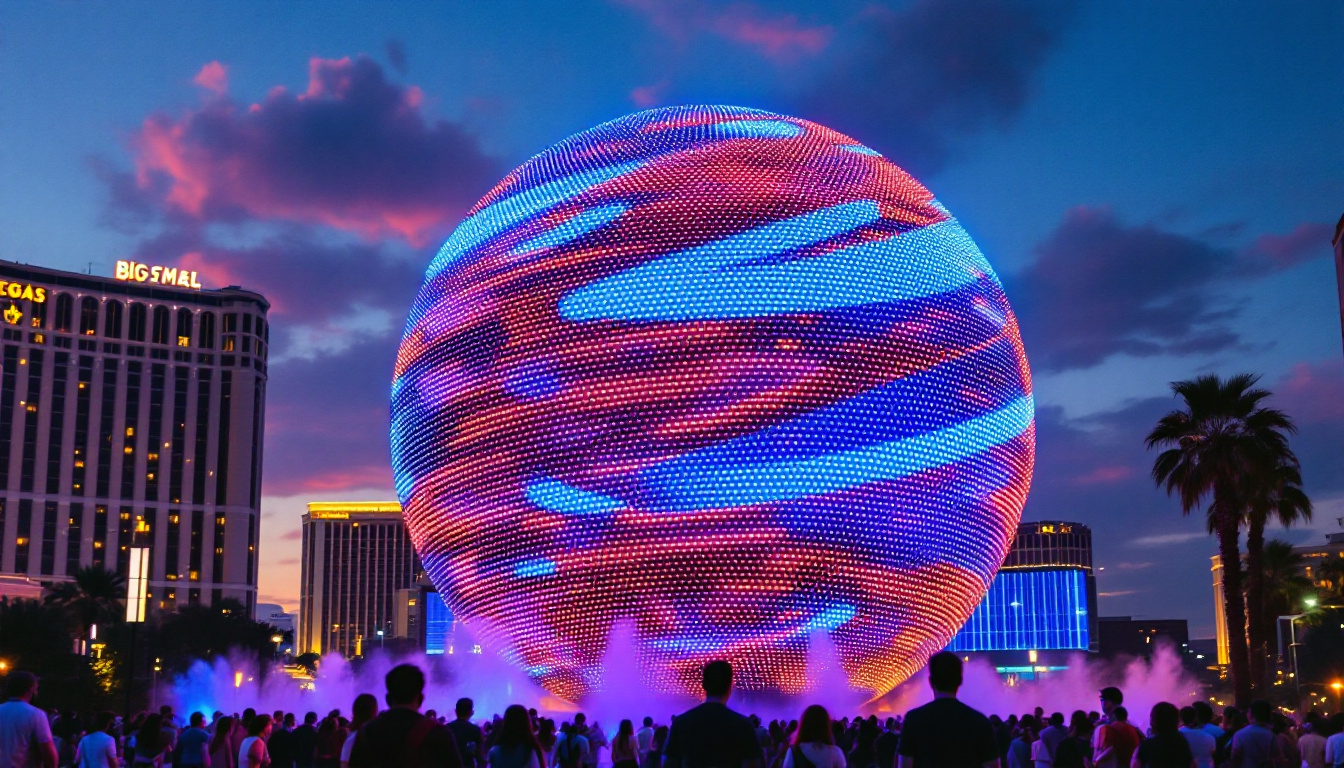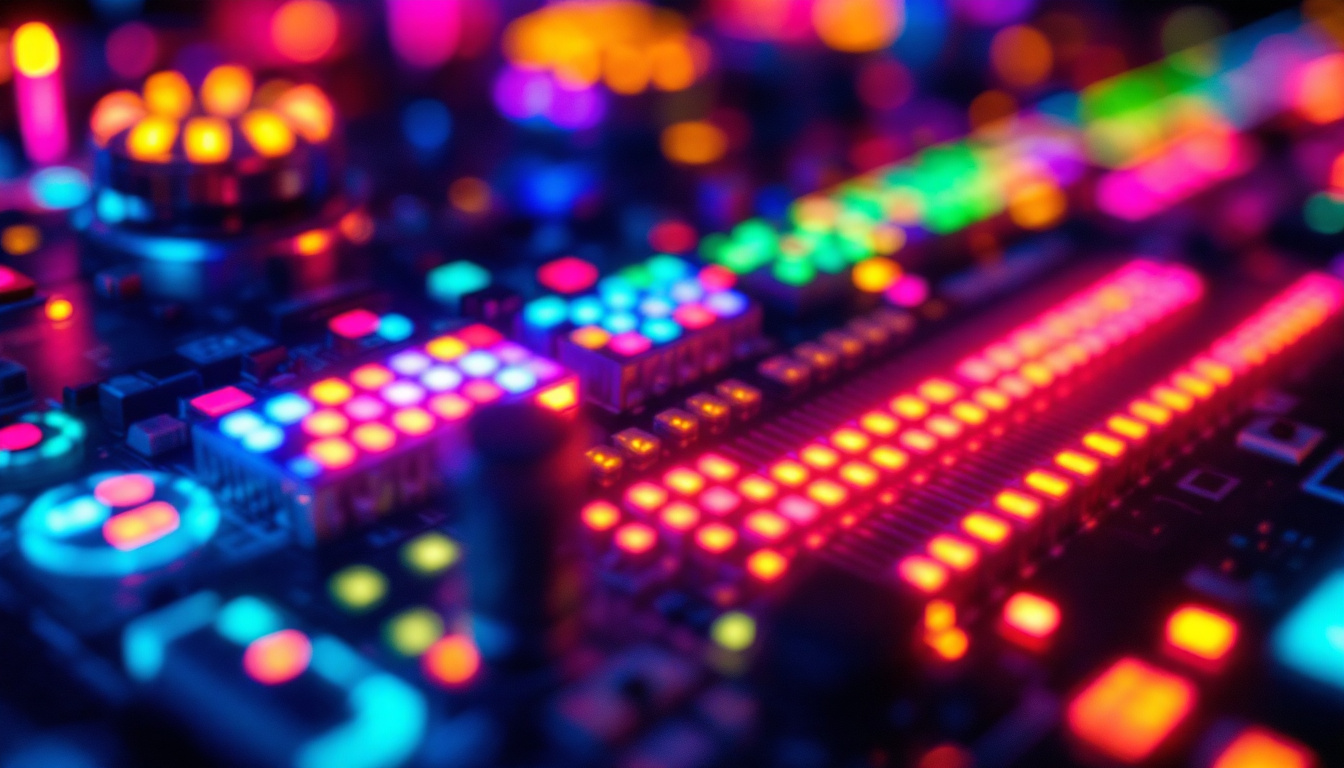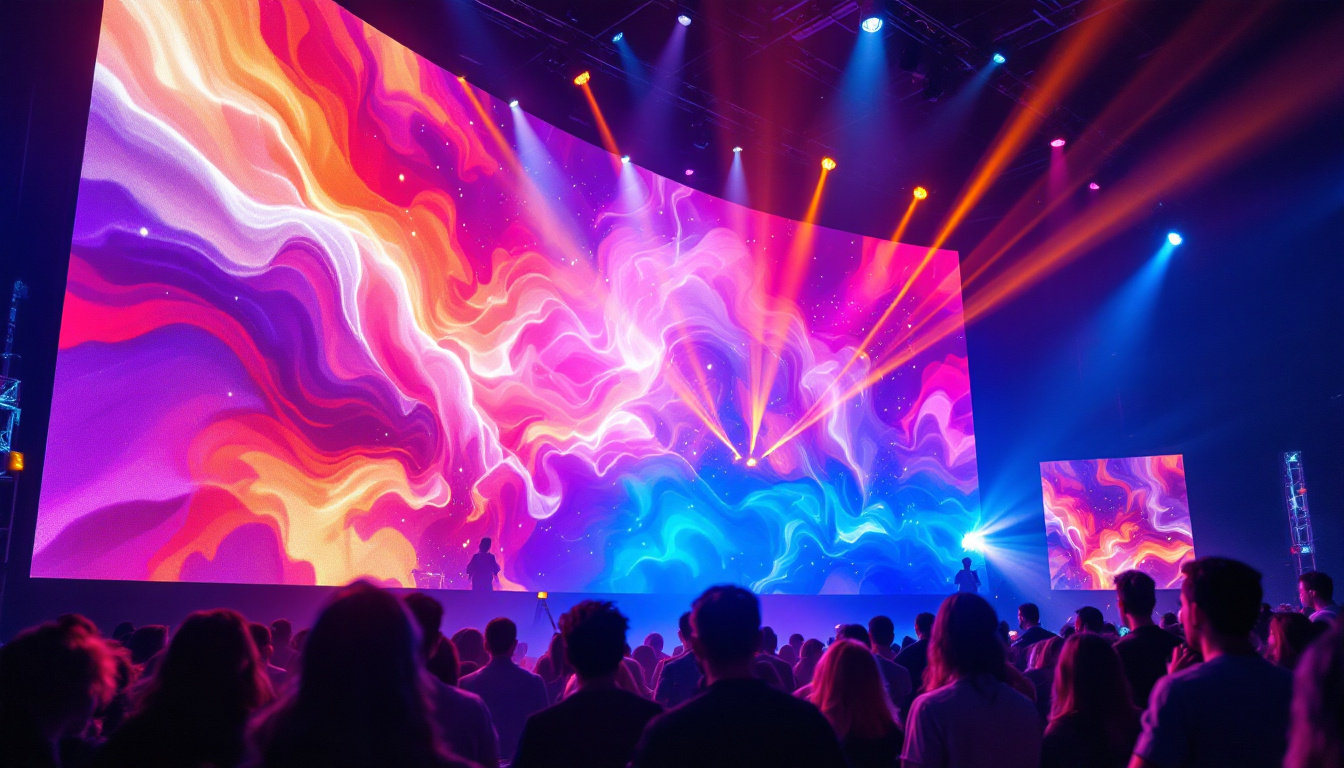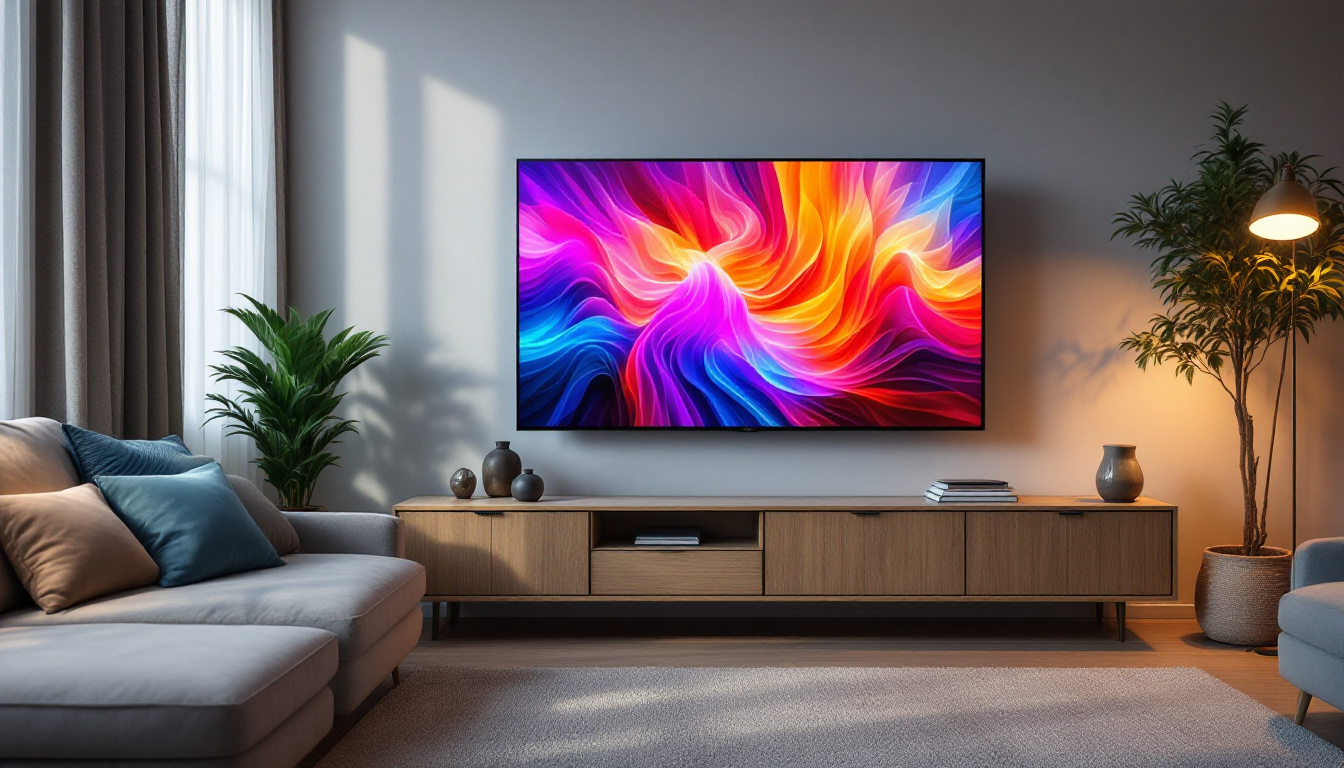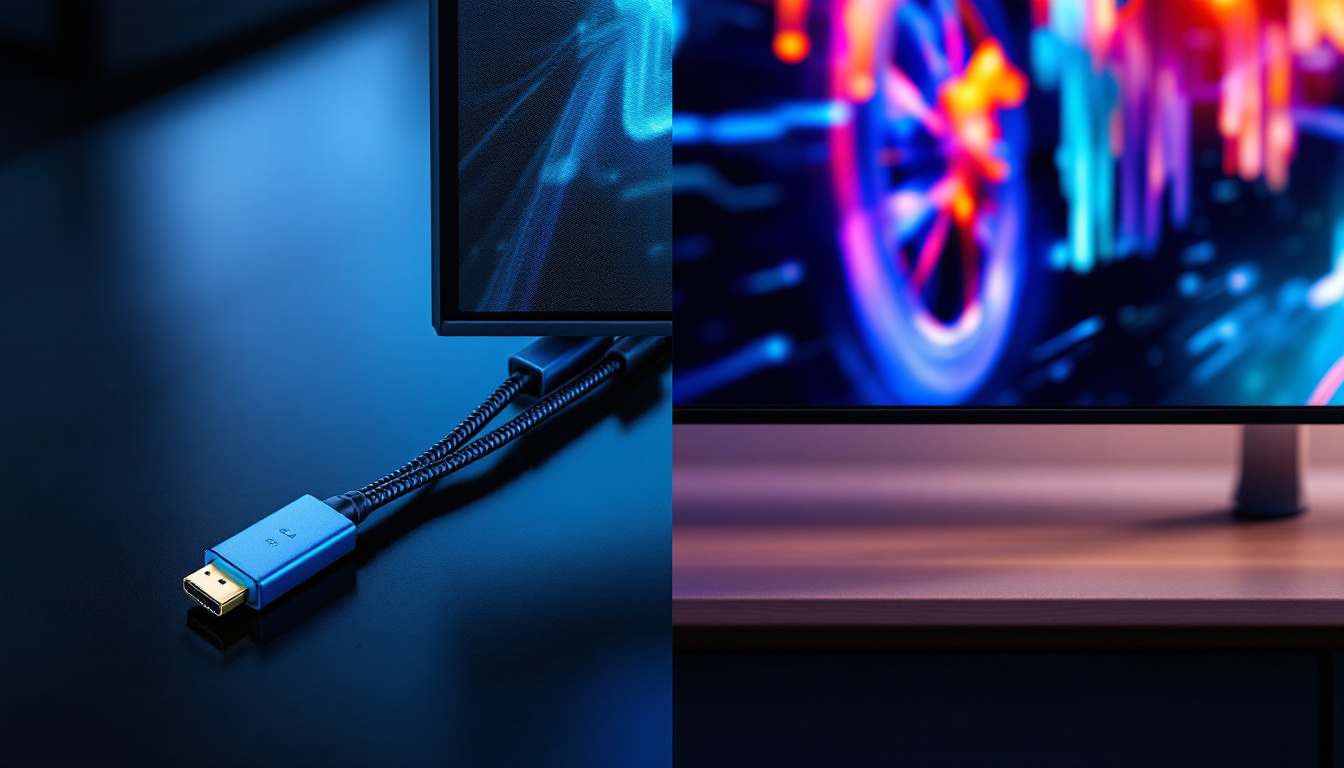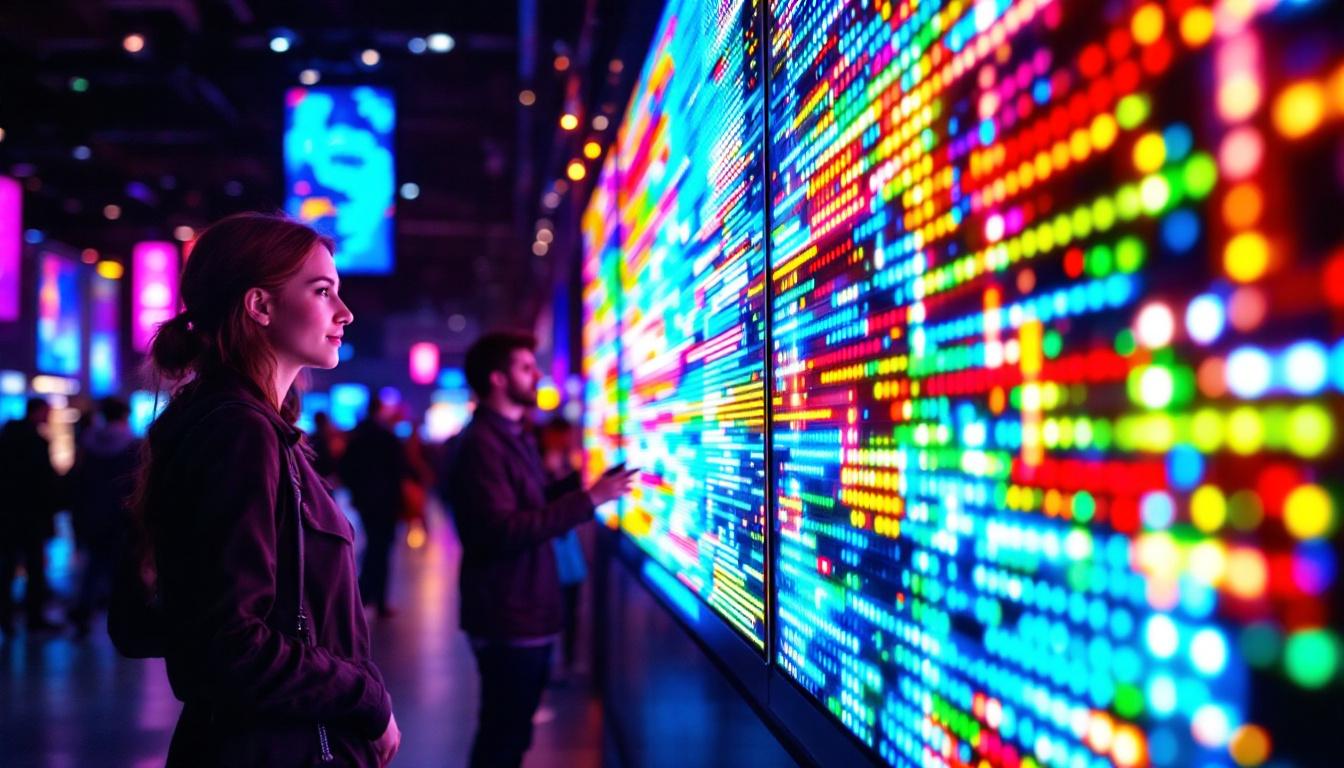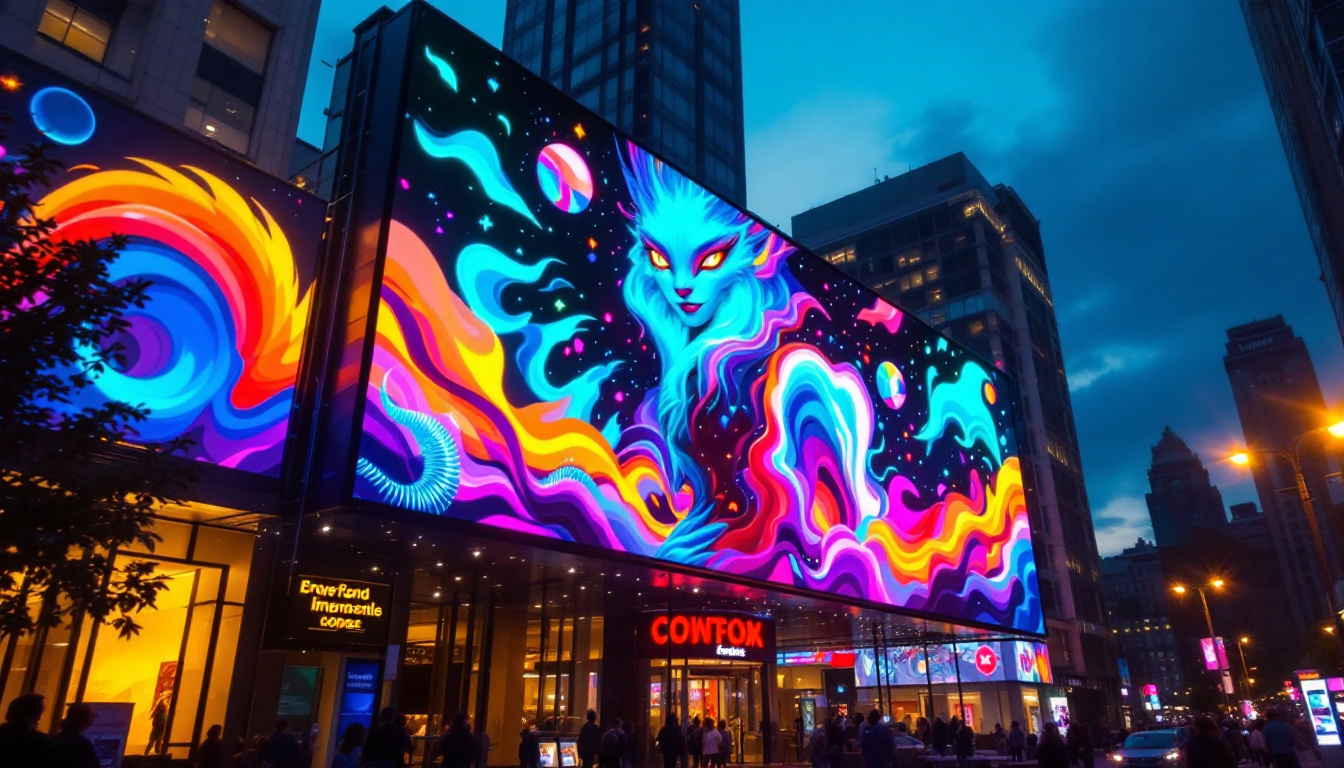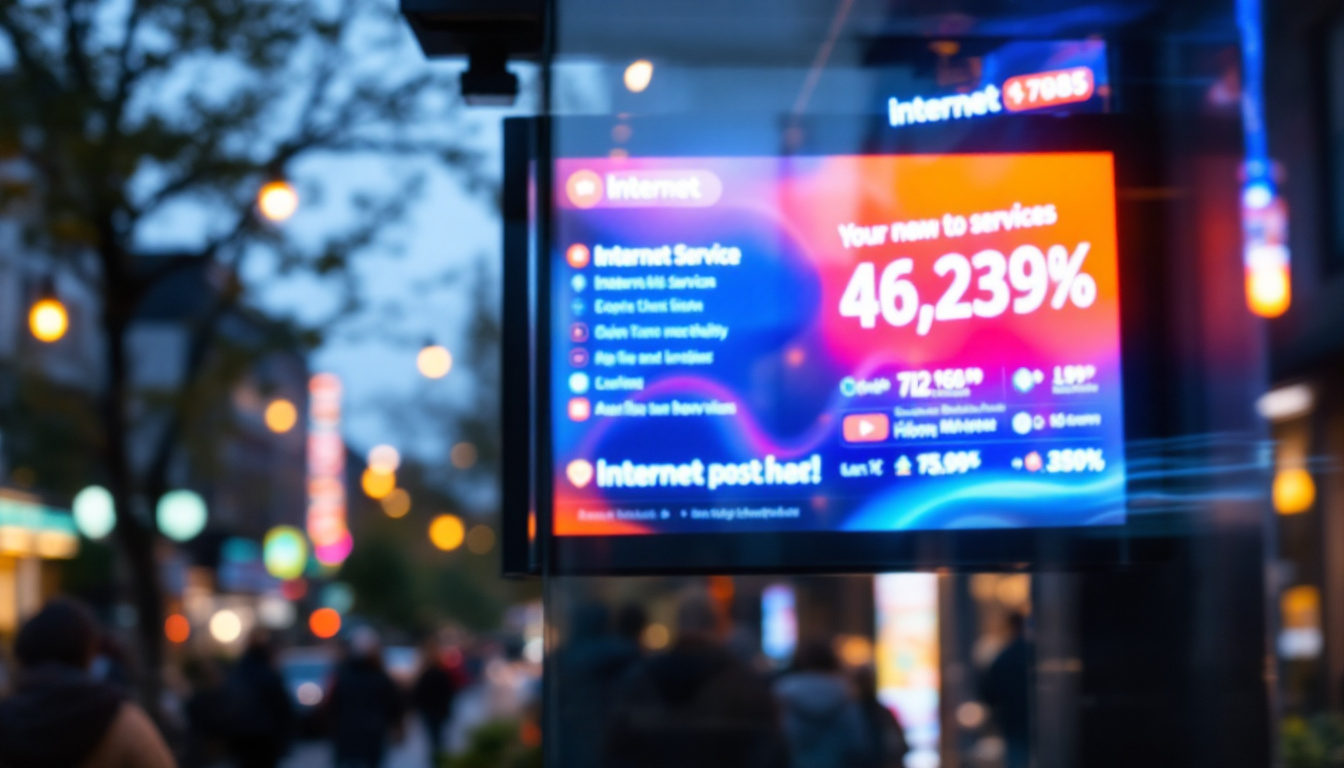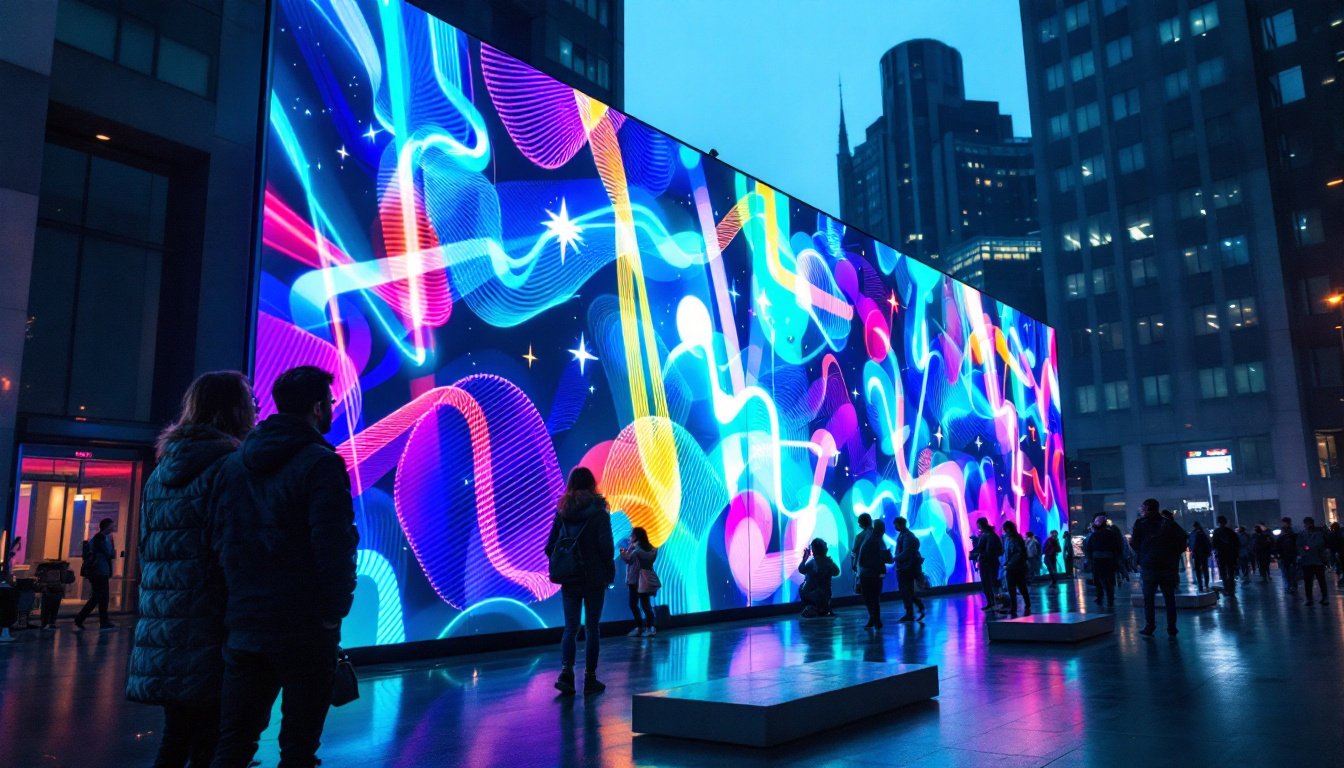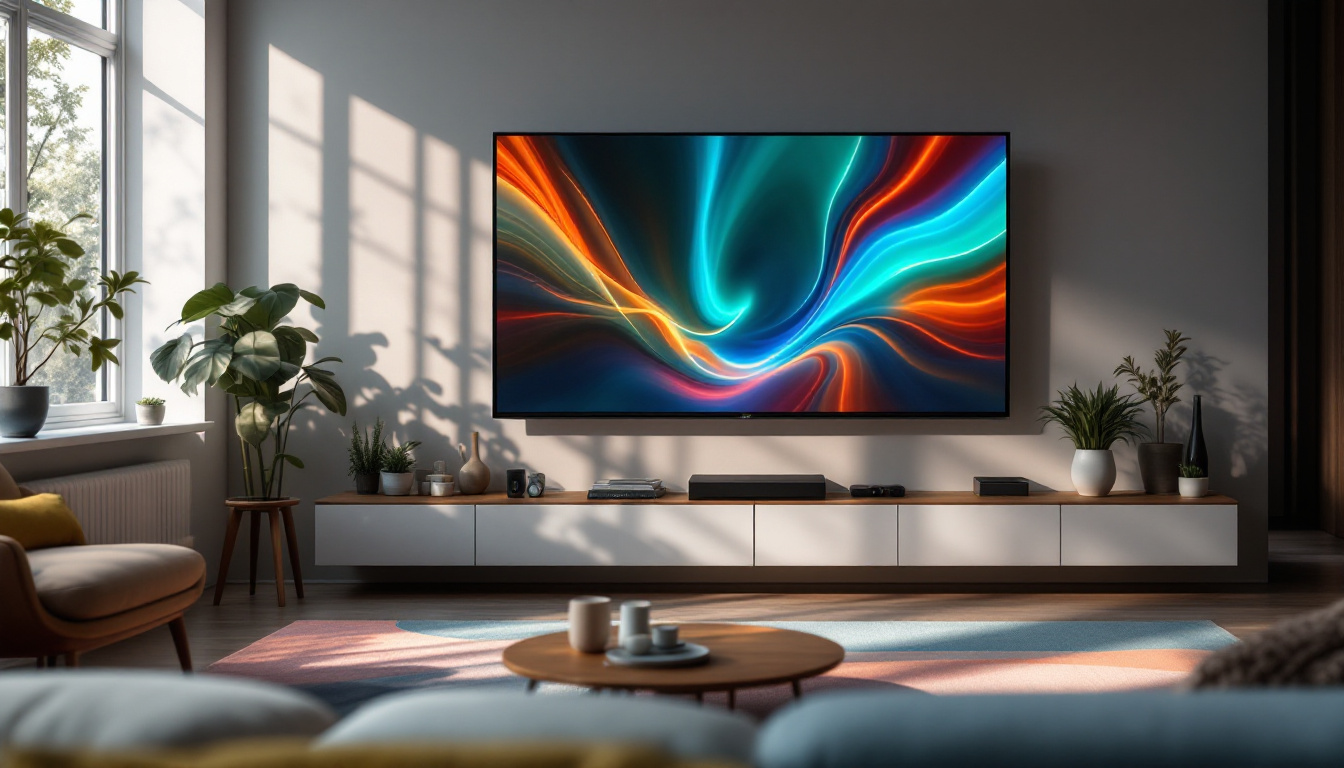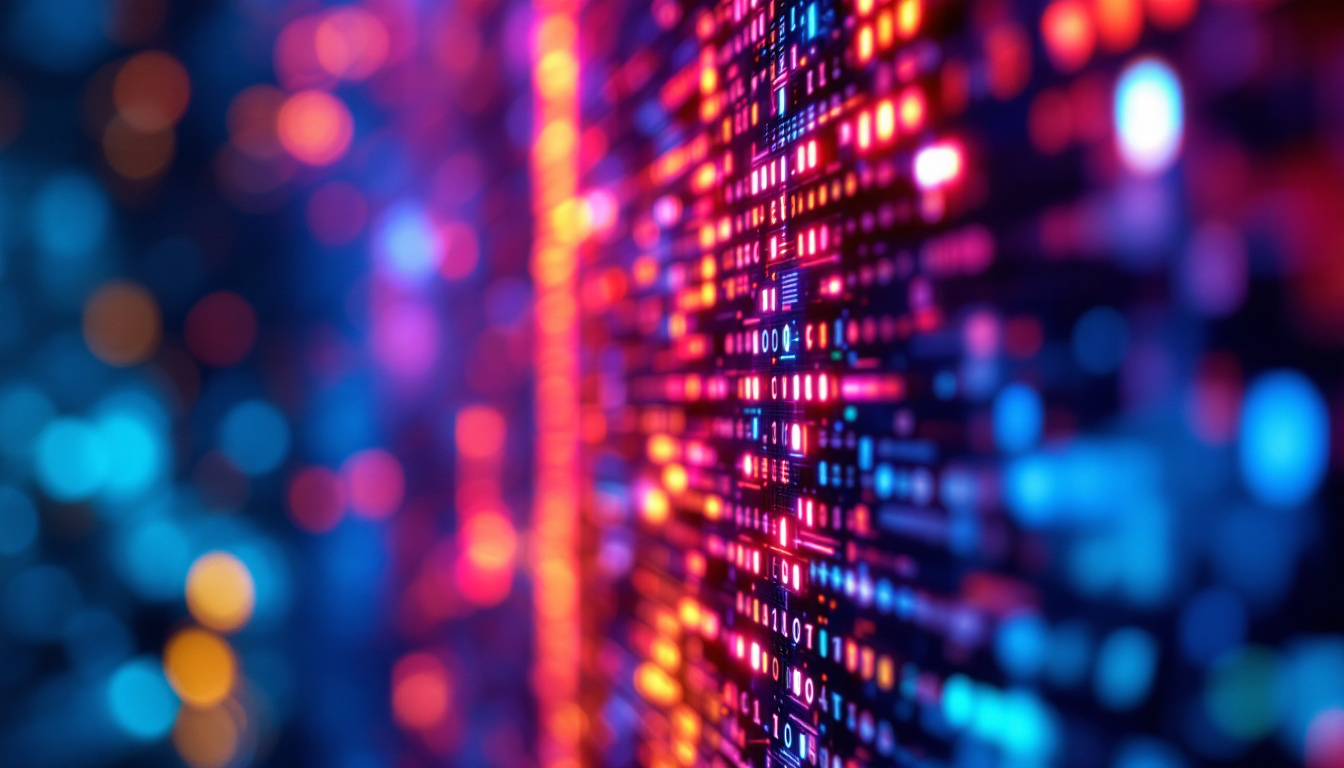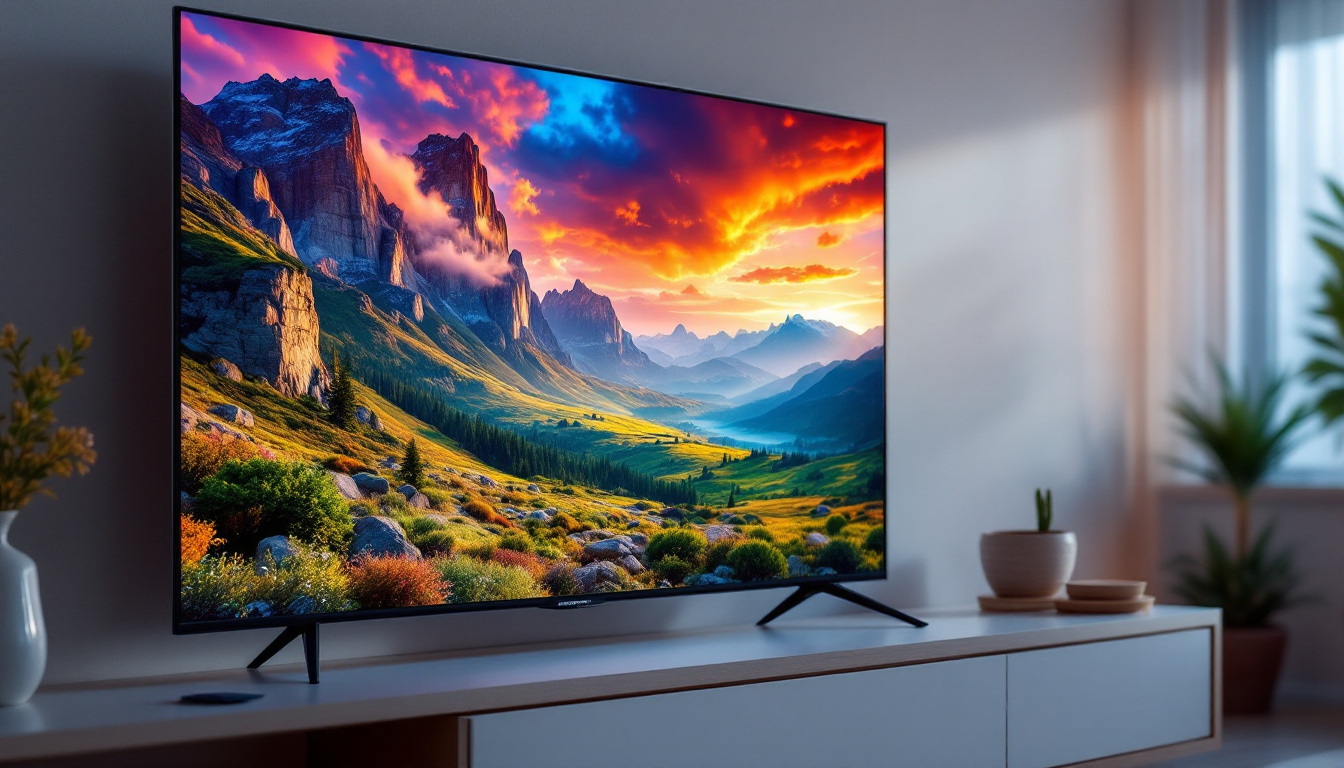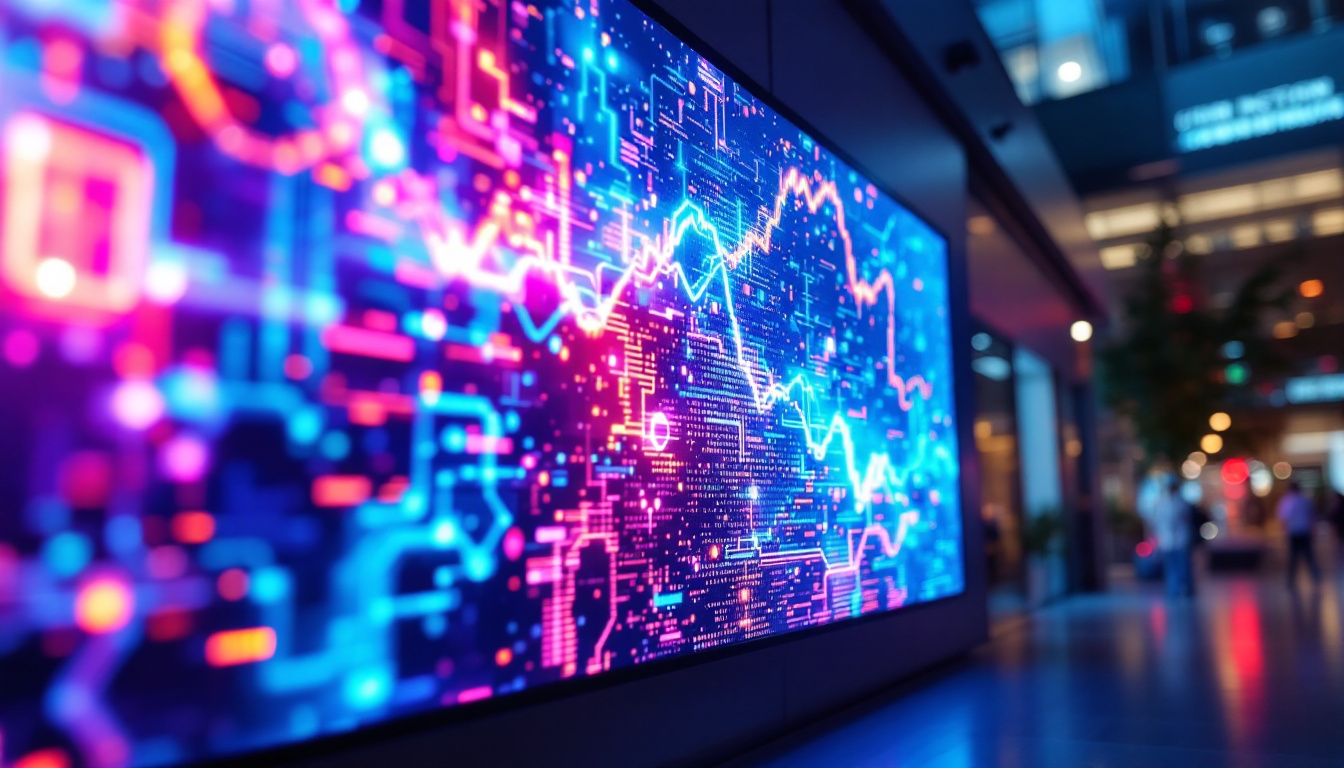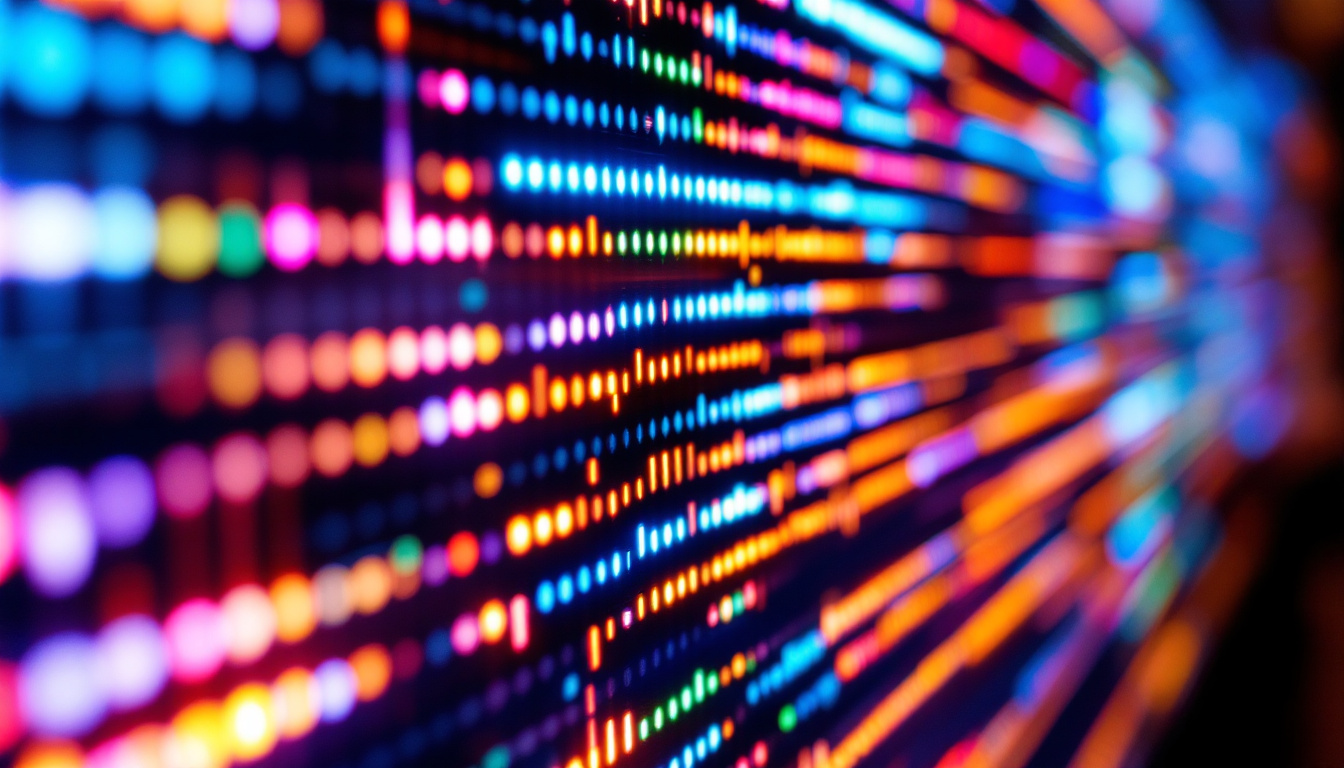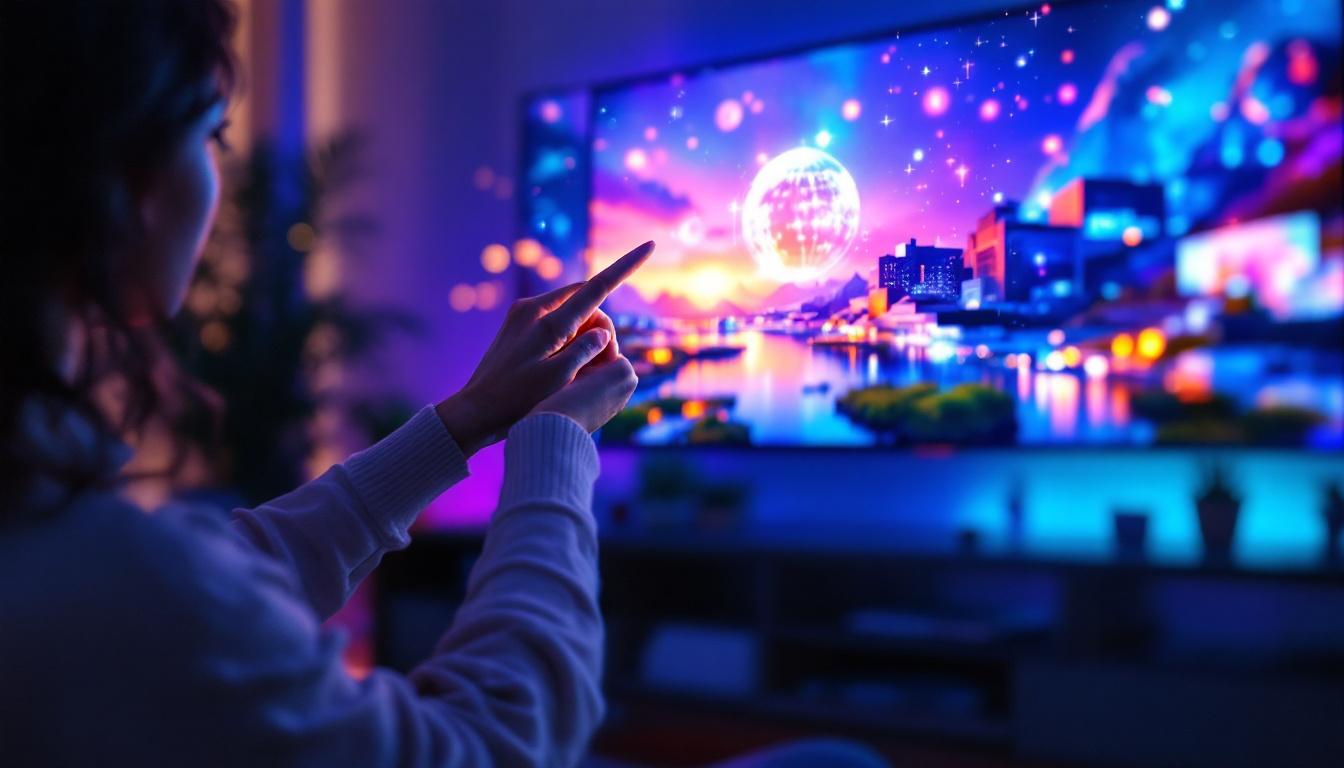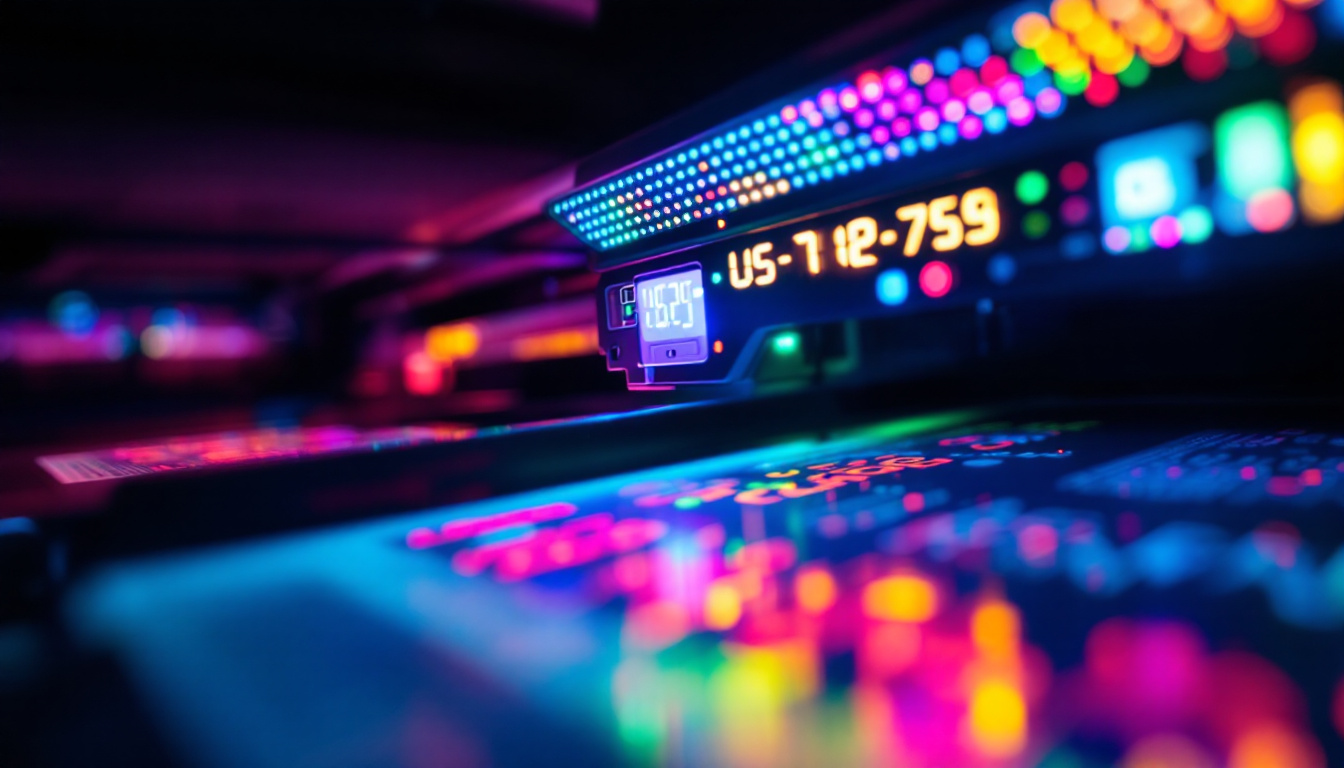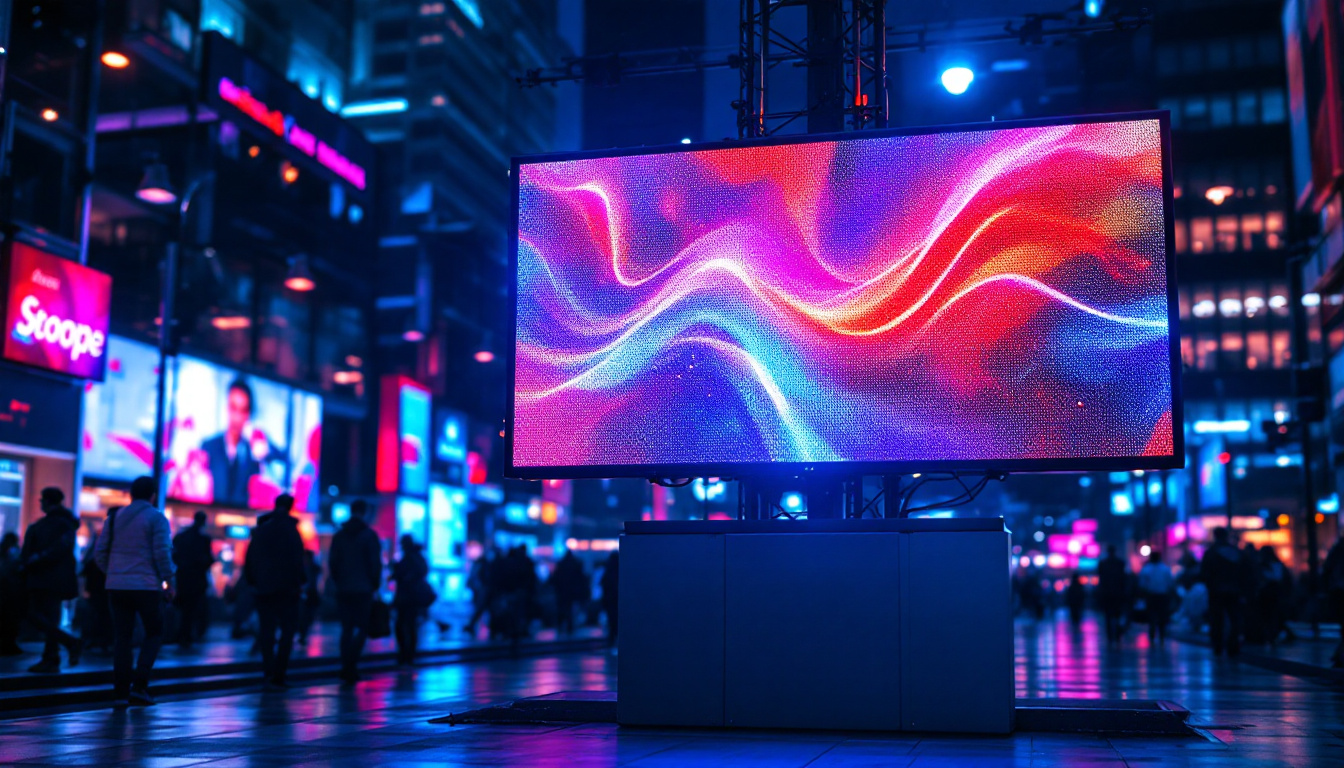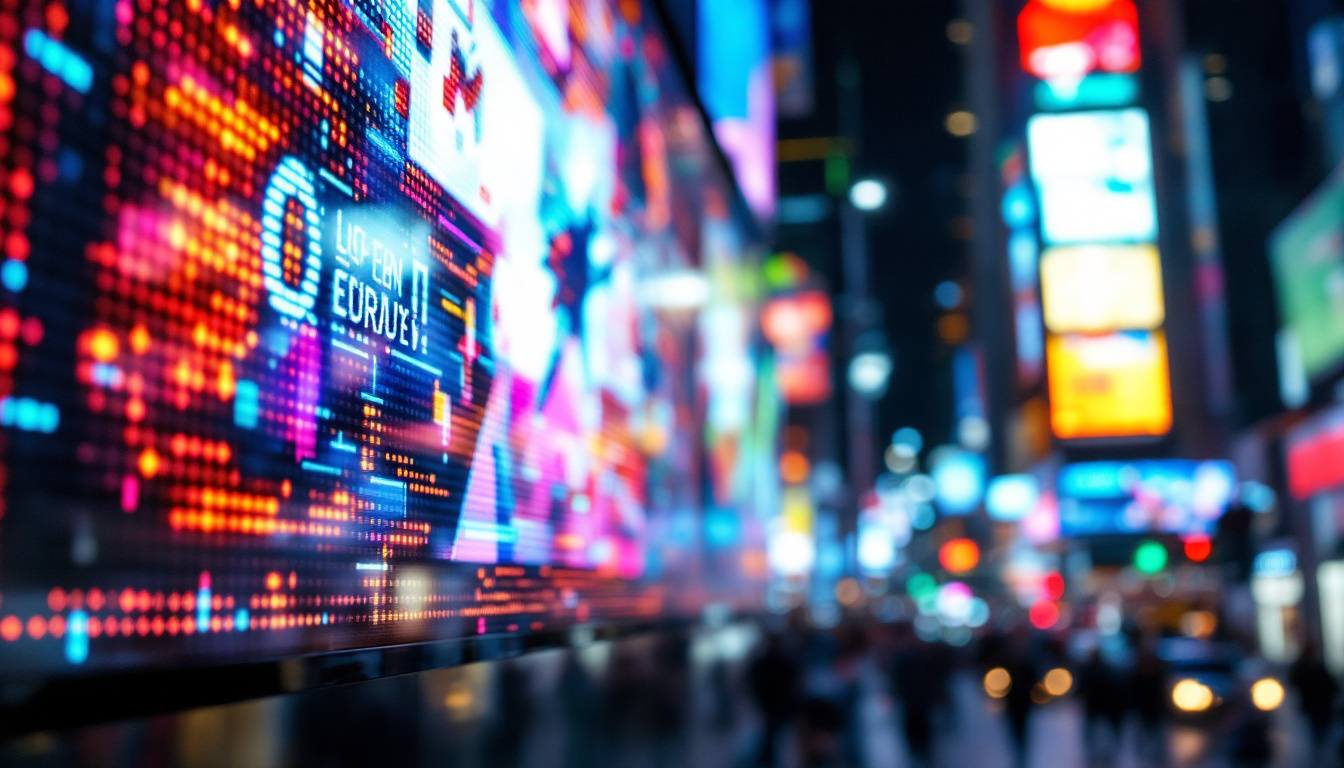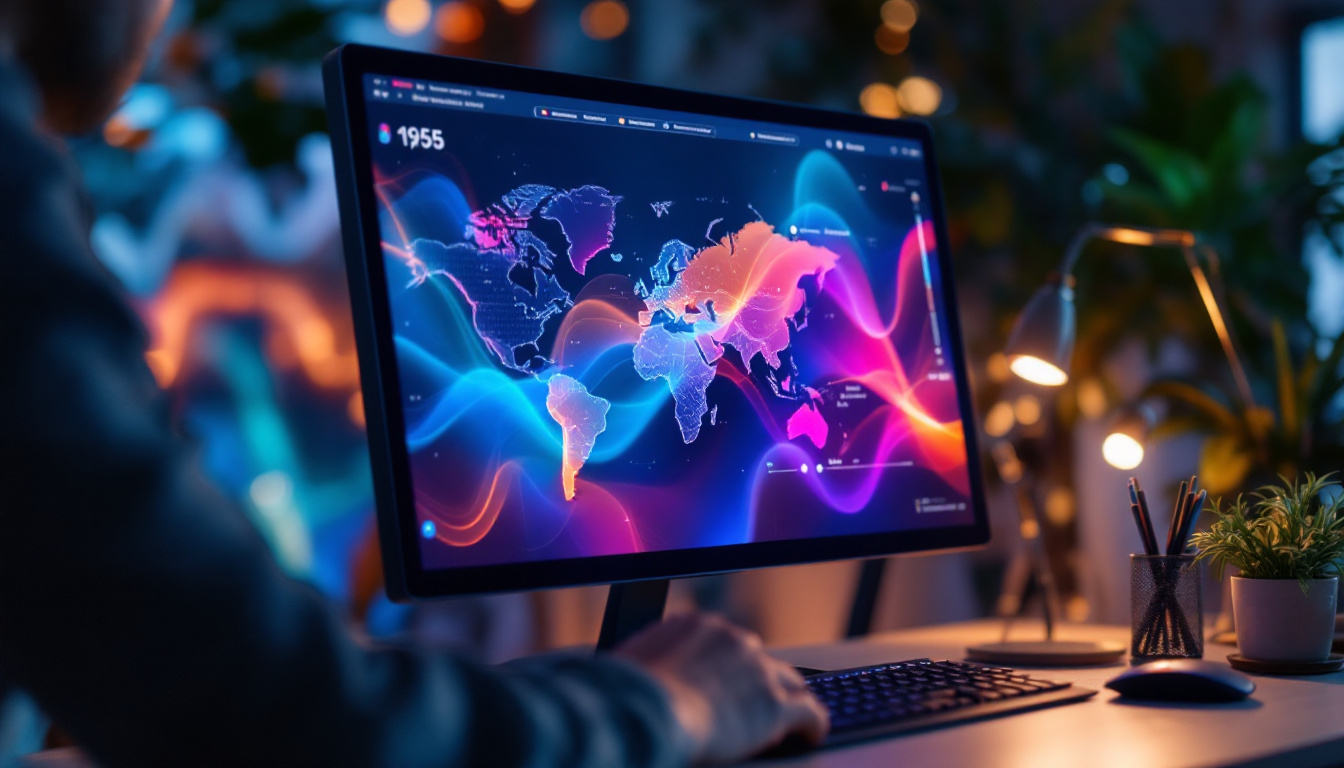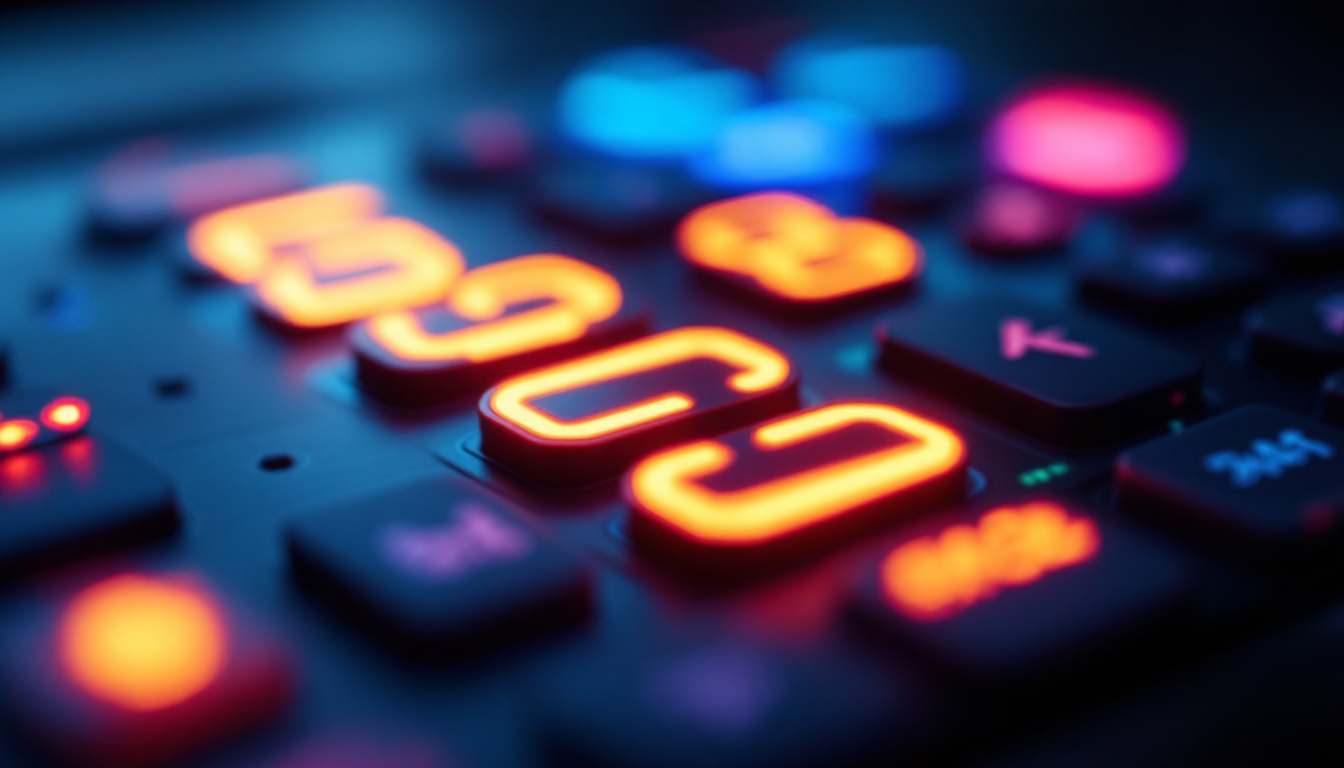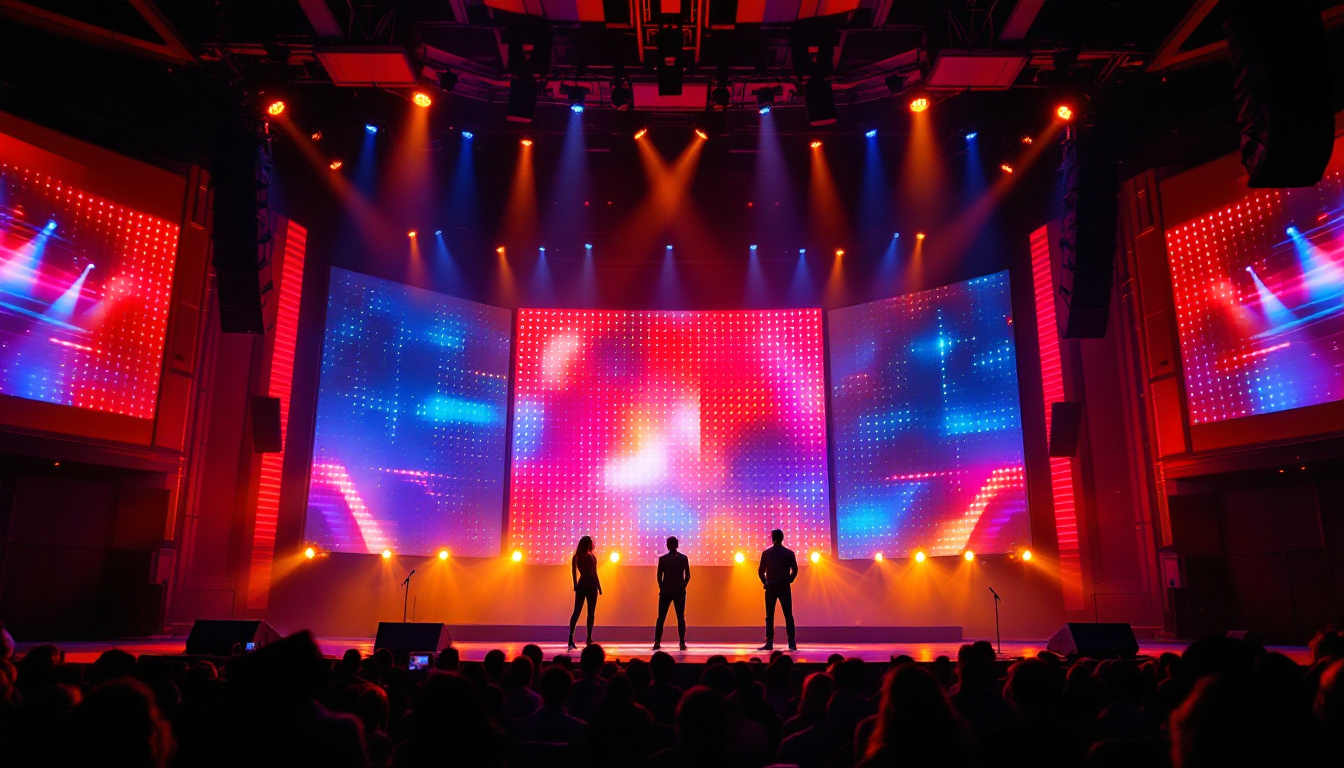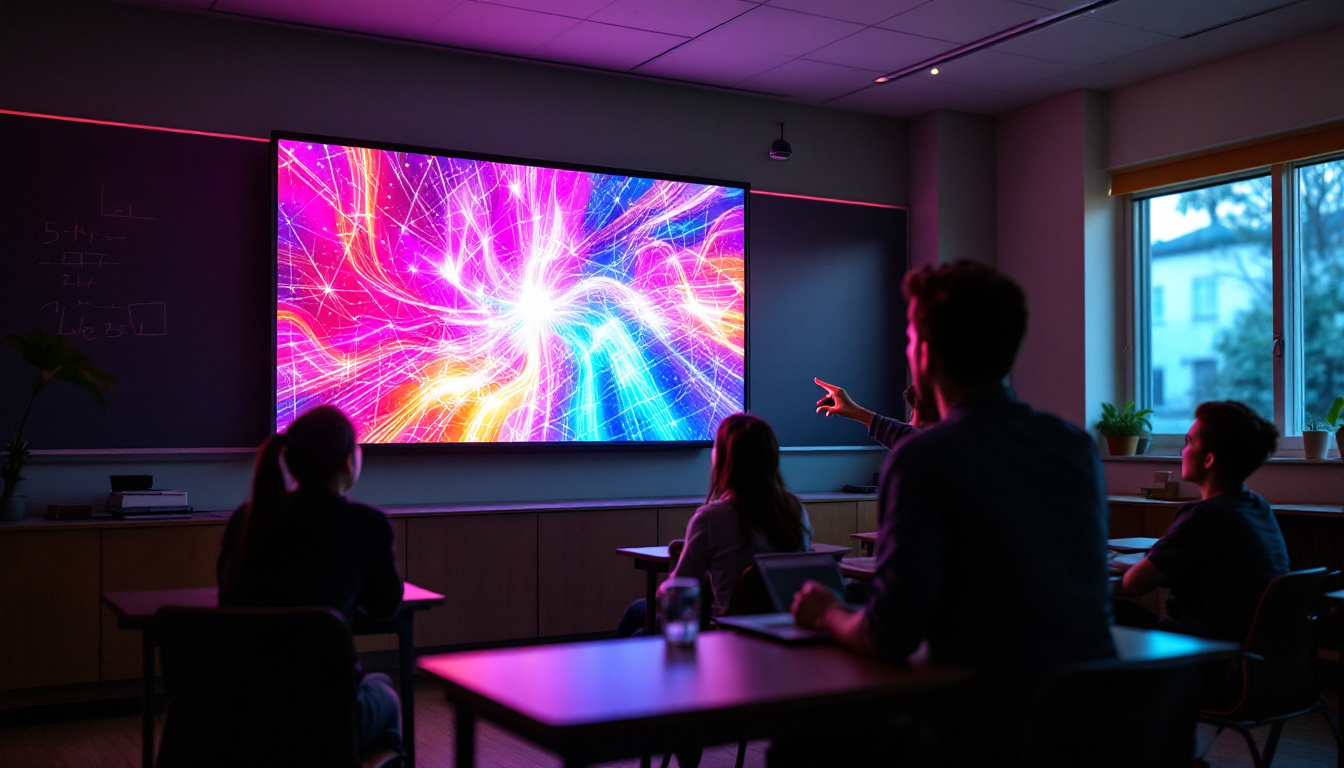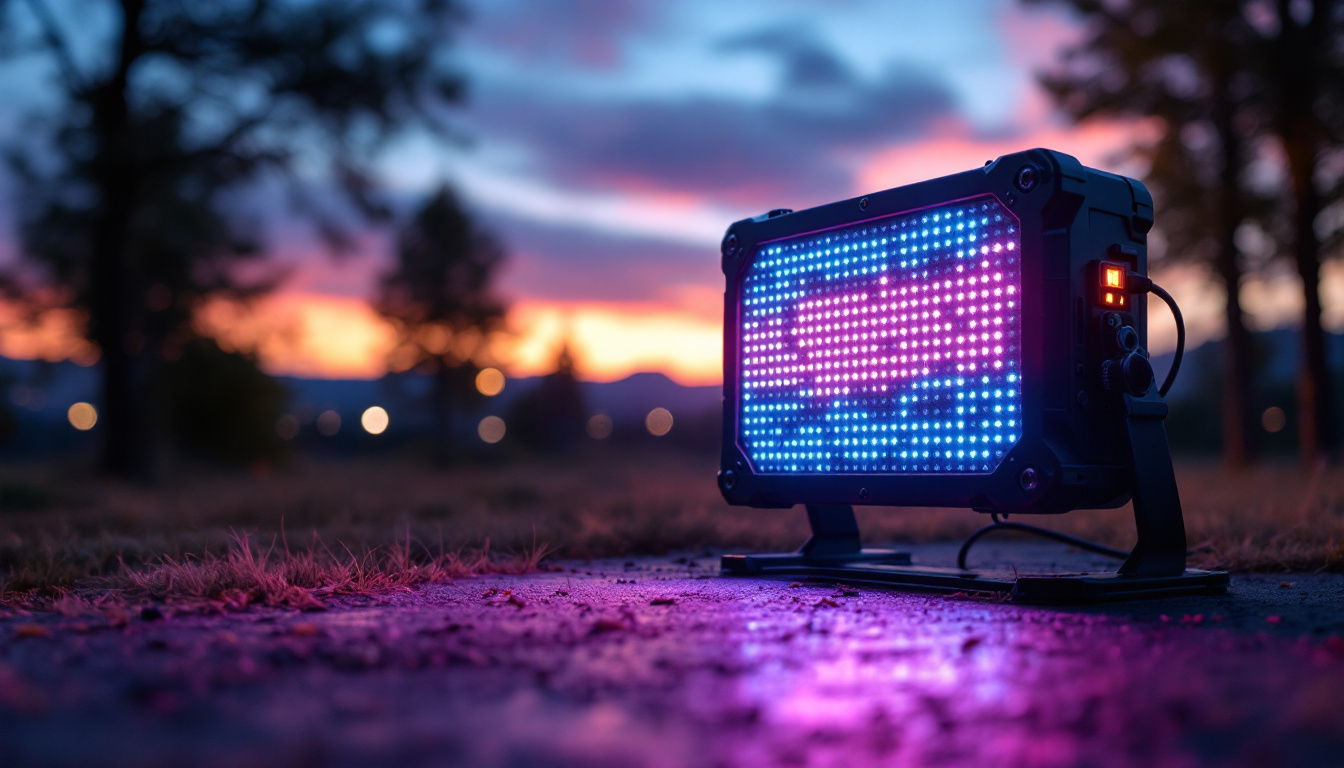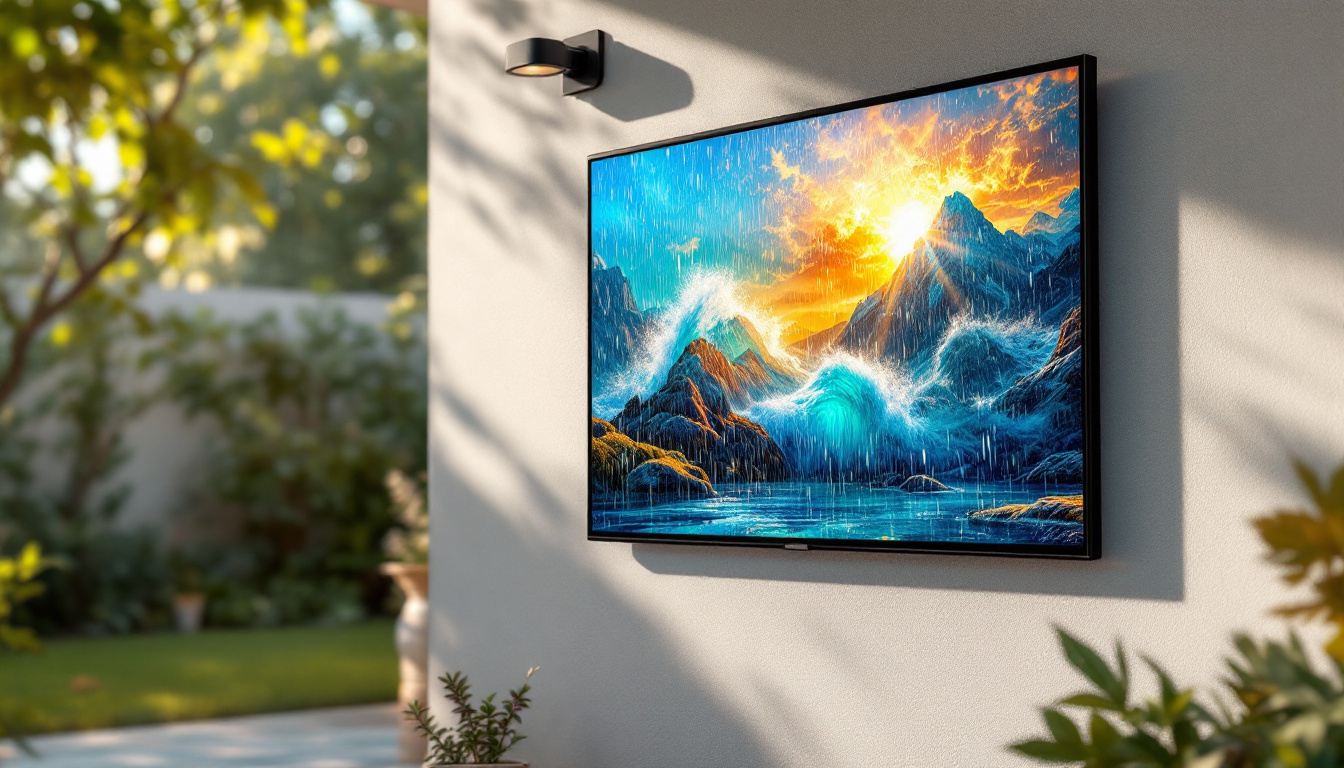In today’s fast-paced digital world, commercial display monitors have become essential tools for businesses across various sectors. From retail environments to corporate offices, these monitors serve multiple purposes, enhancing communication, branding, and customer engagement. Among the various technologies available, LED (Light Emitting Diode) displays stand out for their efficiency, brightness, and versatility. This article delves into the intricacies of LED displays, exploring their benefits, applications, and the technology behind them.
Understanding LED Technology
What is LED?
LED, or Light Emitting Diode, is a semiconductor device that emits light when an electric current passes through it. This technology has revolutionized the way displays are designed and utilized. Unlike traditional LCD (Liquid Crystal Display) screens, which rely on backlighting, LED displays generate light directly, resulting in brighter images and improved energy efficiency. The compact size of LEDs allows for thinner and lighter display designs, which is particularly advantageous in modern electronics where portability is key.
LEDs are composed of tiny diodes that can produce various colors when energized. By combining these colors, LED displays can create vibrant images and videos, making them ideal for commercial applications. The technology has evolved significantly, leading to the development of various types of LED displays, including direct view, backlit, and organic LEDs (OLED). Furthermore, the longevity of LED technology—often exceeding 50,000 hours—means that they not only reduce the frequency of replacements but also contribute to lower overall maintenance costs in both residential and commercial settings.
Types of LED Displays
There are several types of LED displays, each with unique characteristics suited for different applications. The most common types include:
- Direct View LED: These displays consist of individual LED modules that form a larger screen. They are often used in outdoor advertising and large venues due to their high brightness and visibility. Their modular design allows for easy scaling and customization, making them a popular choice for events and concerts where dynamic visuals are essential.
- LED-backlit LCD: These displays use LED technology to illuminate an LCD panel. They offer better color accuracy and energy efficiency compared to traditional CCFL (Cold Cathode Fluorescent Lamp) backlighting. This type of display is commonly found in televisions and computer monitors, where users benefit from enhanced image quality and reduced power consumption.
- Organic LED (OLED): OLED displays use organic compounds to emit light. They provide exceptional color contrast and viewing angles, making them popular for high-end applications. The flexibility of OLED technology also allows for innovative designs, such as curved screens and ultra-thin panels, which can enhance the aesthetic appeal of devices while delivering an immersive viewing experience.
Additionally, advancements in LED technology have led to the emergence of MicroLED displays, which utilize microscopic LEDs to create images. These displays promise even greater brightness and contrast, along with improved energy efficiency, making them a potential game-changer in the display market. As the demand for high-quality visuals continues to rise across various sectors, the versatility and efficiency of LED technology will likely play a crucial role in shaping the future of display innovations.
Benefits of LED Displays
Energy Efficiency
One of the most significant advantages of LED displays is their energy efficiency. Compared to traditional display technologies, LED monitors consume less power, which translates to lower operating costs. This is particularly beneficial for businesses that rely on large screens for extended periods, such as retail stores and corporate offices.
Moreover, the reduced energy consumption of LED displays contributes to a smaller carbon footprint, aligning with the growing emphasis on sustainability in business practices. Many organizations are now prioritizing eco-friendly technologies, and LED displays fit seamlessly into this initiative. By adopting LED technology, businesses not only save on energy bills but also enhance their brand image as environmentally conscious entities, appealing to a customer base that increasingly values sustainability.
Brightness and Visibility
LED displays are known for their exceptional brightness levels, which make them suitable for various lighting conditions. Whether in a brightly lit retail space or a dimly lit conference room, LED monitors deliver clear and vibrant images. This capability is crucial for capturing the attention of customers and ensuring that presentations are visible to all attendees.
Additionally, the high contrast ratios of LED displays enhance image quality, allowing for deeper blacks and brighter whites. This feature is particularly important for applications that require detailed visuals, such as video presentations and digital signage. The ability of LED displays to maintain color accuracy and vibrancy over time means that businesses can rely on them for consistent messaging, whether it’s advertising promotions or conveying important information during meetings.
Longevity and Durability
LED displays are designed to last longer than traditional display technologies. With an average lifespan of over 50,000 hours, these monitors require less frequent replacements, reducing maintenance costs for businesses. Their robust construction also makes them more resistant to damage, which is especially beneficial in high-traffic areas.
Furthermore, LED technology is less susceptible to burn-in, a common issue with older display technologies. This resilience ensures that the quality of the display remains consistent over time, making LED monitors a reliable choice for commercial use. In addition, many LED displays are equipped with advanced cooling systems that help prevent overheating, further extending their operational lifespan. This durability not only enhances the return on investment for businesses but also minimizes the disruption caused by equipment failures, allowing for smoother operations and more effective communication with customers and stakeholders alike.
Applications of LED Displays
Retail Environments
In retail settings, LED displays play a vital role in attracting customers and enhancing the shopping experience. Digital signage powered by LED technology can showcase promotions, highlight new products, and convey brand messages effectively. The vibrant colors and dynamic content of LED displays capture attention, encouraging customers to engage with the displayed information.
Moreover, LED displays can be utilized for interactive experiences, allowing customers to browse products, access information, and even make purchases directly from the screen. This integration of technology into the retail environment creates a more immersive shopping experience, driving sales and customer satisfaction.
Corporate Settings
In corporate environments, LED displays are used for various purposes, including presentations, meetings, and internal communications. Large LED screens in conference rooms facilitate effective collaboration by displaying presentations, video conferences, and real-time data. The clarity and brightness of LED displays ensure that all participants can see the content, regardless of their position in the room.
Additionally, LED displays can be employed for digital signage within office spaces, promoting company announcements, events, and employee recognition. This use of technology fosters a sense of community and keeps employees informed and engaged.
Public Spaces and Events
LED displays are increasingly common in public spaces, such as airports, stadiums, and shopping malls. These monitors serve as information hubs, providing real-time updates, directions, and advertisements. Their ability to display dynamic content makes them ideal for engaging large audiences in busy environments.
During events, LED displays can be used for live broadcasts, showcasing performances, or displaying event schedules. The versatility of LED technology allows for seamless integration into various event settings, enhancing the overall experience for attendees.
Choosing the Right LED Display
Factors to Consider
When selecting an LED display for commercial use, several factors should be taken into account to ensure the right fit for specific needs. These include:
- Size and Resolution: The size of the display should align with the viewing distance and the intended application. Higher resolution displays are essential for detailed visuals, especially in environments where viewers are close to the screen.
- Brightness: Consider the ambient lighting conditions of the installation area. Higher brightness levels are necessary for outdoor displays or brightly lit indoor spaces to ensure visibility.
- Installation Type: Determine whether the display will be mounted on a wall, suspended from the ceiling, or used as a freestanding unit. The installation method can impact the choice of display type and size.
Budget Considerations
Budget is a crucial factor when selecting an LED display. While LED technology offers many advantages, the initial investment can vary significantly based on the type, size, and features of the display. It’s essential to balance the upfront costs with the long-term benefits, such as energy savings and reduced maintenance expenses.
Businesses should also consider the total cost of ownership, which includes installation, operation, and potential upgrades. Investing in a high-quality LED display may yield better returns over time, as it can enhance customer engagement and improve overall business performance.
Future Trends in LED Display Technology
The LED display industry is continually evolving, with advancements in technology driving innovation and new applications. Some emerging trends include:
- MicroLED Technology: MicroLED displays offer even higher resolution and brightness levels, making them suitable for high-end applications such as virtual reality and augmented reality.
- Flexible Displays: The development of flexible LED displays allows for creative installations, enabling curved or irregular shapes that can fit unique architectural designs.
- Smart Displays: Integration with IoT (Internet of Things) technology is becoming more common, allowing LED displays to connect with other devices and provide real-time data and analytics.
Conclusion
LED displays have transformed the landscape of commercial display monitors, offering businesses a powerful tool for communication, branding, and engagement. Their energy efficiency, brightness, and durability make them an attractive option for various applications, from retail environments to corporate settings and public spaces.
As technology continues to advance, the potential for LED displays will only grow, paving the way for innovative solutions that enhance the way businesses interact with their audiences. By understanding the benefits and applications of LED displays, organizations can make informed decisions that align with their goals and drive success in an increasingly digital world.
Discover LumenMatrix’s Innovative LED Solutions
Ready to elevate your business’s visual impact? Explore LumenMatrix’s comprehensive range of LED display solutions tailored to meet your unique needs. From Indoor and Outdoor LED Wall Displays to specialized options like Vehicle, Sports, and Floor LED Displays, LumenMatrix is committed to revolutionizing your visual communication. Engage your audience with our Custom, All-in-One, and Transparent LED Displays, designed to deliver unparalleled clarity and captivate viewers. Check out LumenMatrix LED Display Solutions today and transform your brand’s presence with cutting-edge technology.

